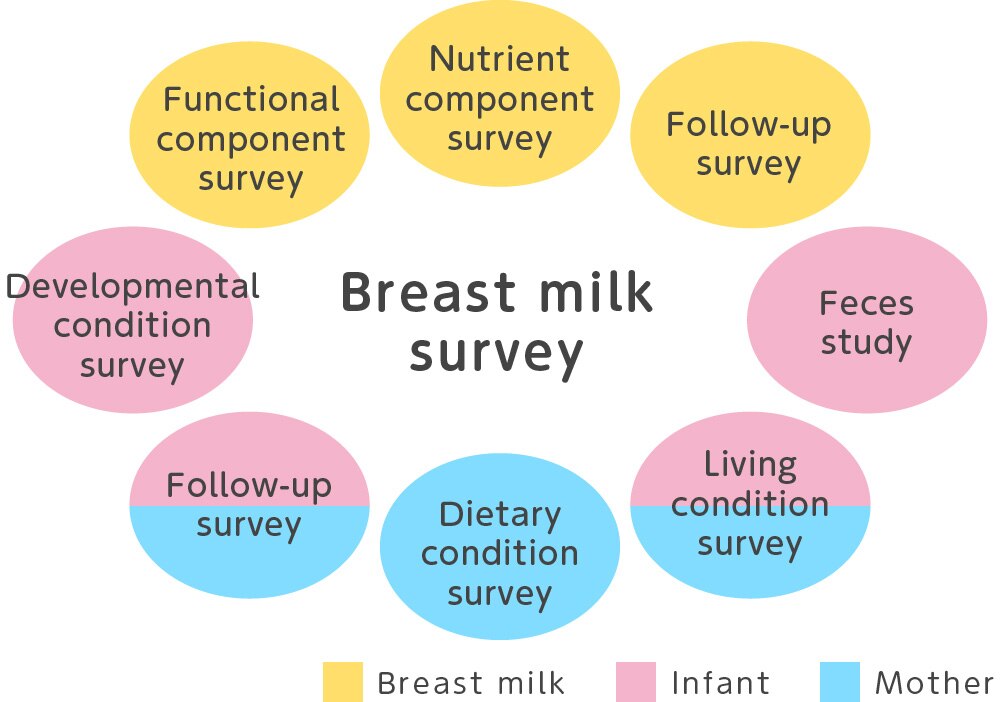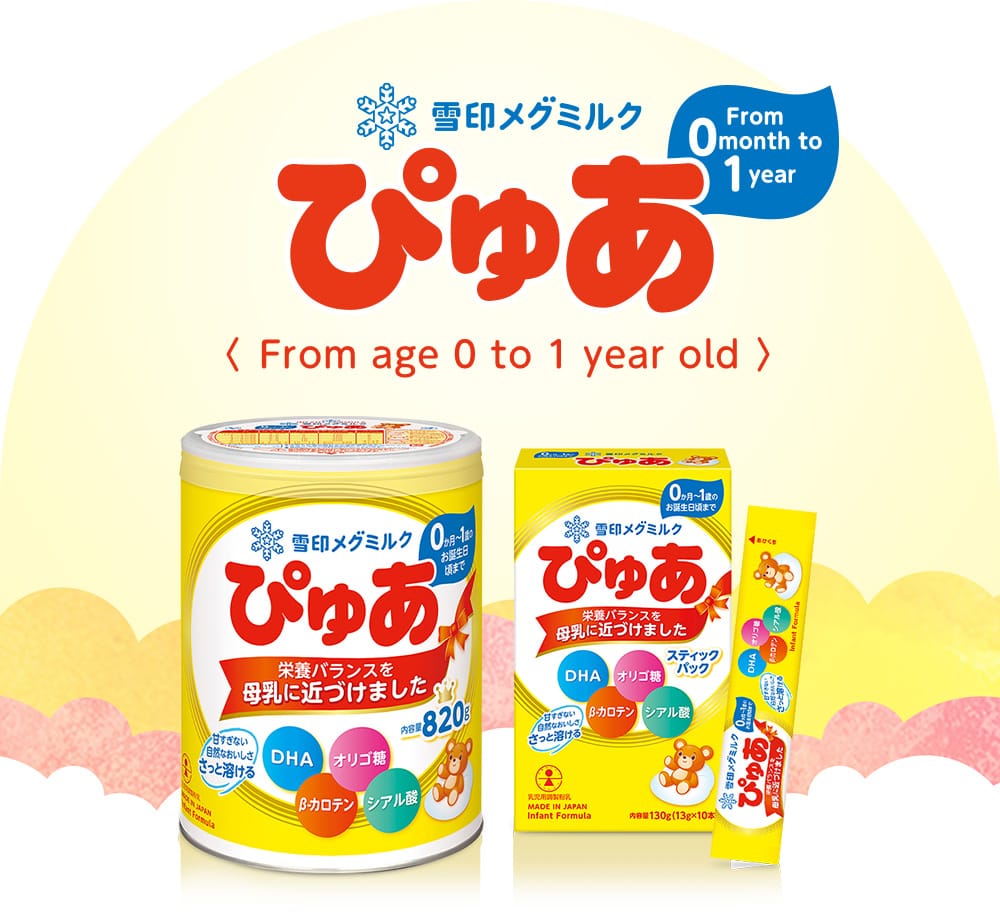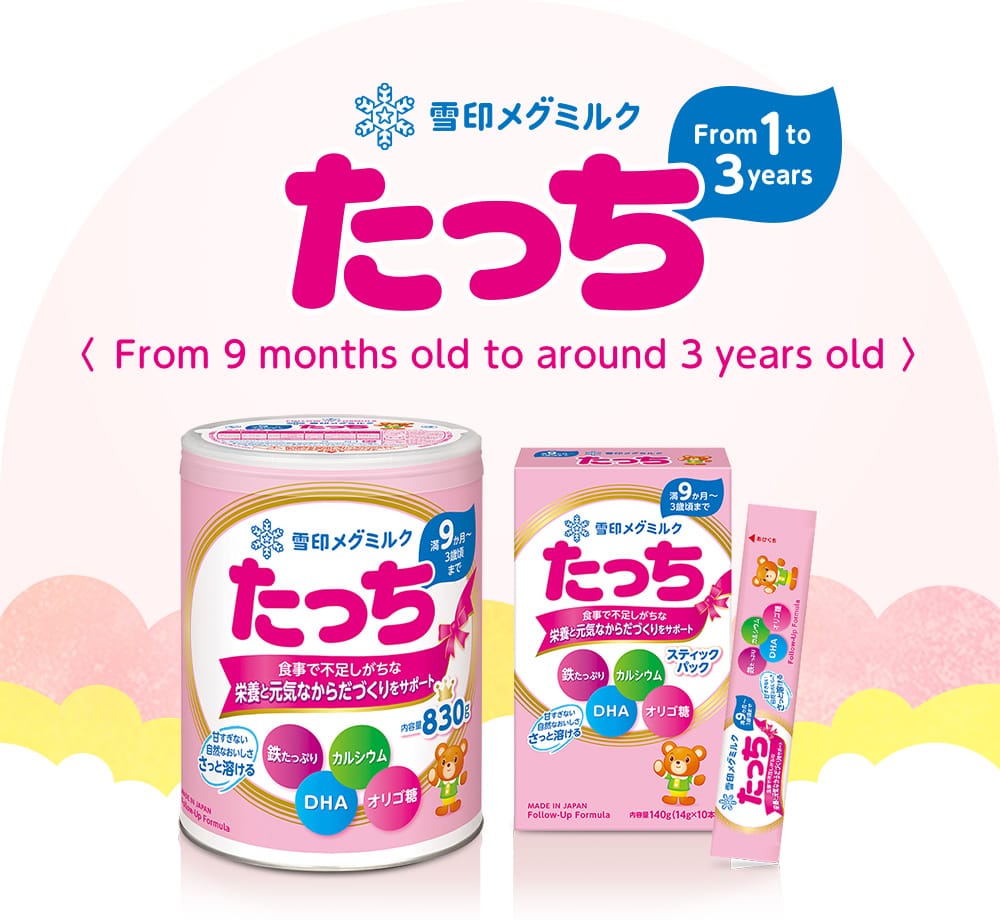- HOME
- Breast Milk Research
Breast Milk Research
The history of our company's powdered milk business cannot be explained without our breast milk research, starting from the very beginning and still continuing today. The nationwide breast milk surveys, which we have implemented a total of 3 times, have especially played a large role in our company's breast milk research.
3rd Nationwide Breast Milk Survey (Began in 2015)
"Research on the impact of a mother's lifestyle habits and breast milk composition on the infant's development"
We began the 3rd Nationwide Breast Milk Survey in 2015 jointly with Bean Stalk Snow Co., Ltd. In this survey, we are carrying out periodic follow-up surveys on 1,200 pairs of healthy mothers and children up until the children reach the age of 5 years old in order to clarify the impact of the mother's lifestyle habits and breast milk composition on the infant.
Survey details
The 3rd Nationwide Breast Milk Survey includes not only component analysis of breast milk, but also investigates the impact of a mother's dietary and living conditions on the development, etc. of an infant.

- Breast milk component analysis
- Mother dietary conditions
- Mother and child living conditions
- Infant developmental conditions
Continued, periodic, follow-up surveys until the child reaches 5 years of age
- Mother dietary conditions
- Mother and infant living conditions
- Child developmental conditions
Survey Item Overview (Examples)
| Survey Item | Applicable to | Summary |
|---|---|---|
|
Nutrient component |
Breast milk |
Proteins, fats, amino acids, etc. |
|
Functional component |
Breast milk |
Ribonucleic acid, DHA, oligosaccharides, etc. |
|
Dietary conditions |
Mother |
Food and nutrient intake |
|
Living conditions |
Infant |
Physical condition, health, nutrition methods, medical history, child-rearing issues, etc. |
|
Developmental conditions |
Infant |
Exercise, language, mental and emotional health, sociability, etc. |
|
Follow-up survey |
MotherInfant |
Breast milk immune function, breast milk components correlation with allergies, communicable diseases, and other illnesses, relationship with growth and development, etc. |
What can be learned from this survey
In addition to acquiring basic data on modern Japanese breast milk components, comparing results from this survey with results from past surveys will make it possible to examine changes over time. Analyzing the results of the breast milk component analysis and survey form (questionnaire) results per individual will make it possible to examine:
- The impact of differences in a mother's dietary and other lifestyle habits on breast milk composition
- The impact of differences in breast milk components and composition on child growth and development
1st Nationwide Breast Milk Survey (1960)
The first nationwide breast milk survey in Japan, which was also referenced for the "Standard Tables of Food Composition in Japan"
Snow Brand Milk Products, the predecessor to our current company, implemented the first comprehensive, nationwide survey related to breast milk composition in Japan in 1960. This survey involved collecting valuable breast milk from 619 participants, and analyzing its composition in detail across 26 different analysis items. This resulted in numerous discoveries, including the amounts and composition of proteins in breast milk, the differences between Japanese breast milk and dairy milk, and many more. These results were utilized to improve powdered milk for Japanese children.
Research aimed at making powdered milk closer to breast milk was not limited to just analysis of the components of breast milk however, research was also carried out on the actions and behavior of those components. Our company focused on the oligosaccharides and taurine components, which have become very common today. We discovered that there were large numbers of bifidus bacterium living in the stomachs of babies who drank breast milk, and that oligosaccharides played a role in increasing the number of these bifidus bacterium which help maintain the digestive environment. We also discovered that the taurine, which is important for the development of a baby's brain and vision, as well as for digesting fats, was found in breast milk at concentrations 10 times that of powdered milk. These important components that our company was the first in the world to incorporate into powdered milk, are now global standards throughout the powdered milk industry.
2nd Nationwide Breast Milk Survey (1989)
The 2nd Nationwide Breast Milk Survey was implemented nearly 30 years after the 1st, since during that time there had been major changes in diet and eating habits in Japan. The 2nd survey was carried out on a truly nationwide scale, ranging from Hokkaido in the north, to Okinawa in the south, and was also implemented two separate times; once in the summer and once in the winter. Breast milk was collected from 2,434 participants for this survey, nearly 4 times the amount of the 1st survey, and highly precise analysis, spanning approximately 180 items, was carried out using highly improved analysis methods made possible by use of the latest cutting edge technology at the time.
In this survey, it was found that the intake of protein by the mothers had increased, and the concentration of protein in the breast milk had also greatly increased compared to 30 years earlier. The survey also clarified the functions of numerous trace components as well. For example, many of the almost mystical powers of breast milk which help support a child's development were discovered, such as gangliosides (sialic acid) which protect children from E. coli bacteria O-157, the influenza virus and other illnesses; nucleotides which are vital for the baby's growth and increases DHA which are important for the development of brain, etc.; ribonucleic acid and polyamine which develop the digestive tract functions of babies with immature intestines, and prevent allergens from entering the body; and we quickly worked to add these components to our powdered milk as well.
MEGMILK SNOW BRAND Quality
Dissolves easily!
A natural flavor that is
not too sweet
Copyright MEGMILK SNOW BRAND Co.,Ltd. All Rights Reserved

 LANGUAGE
LANGUAGE

